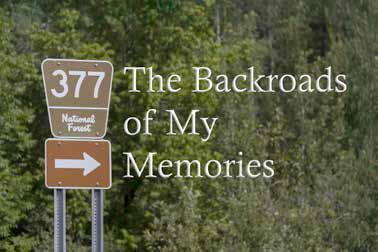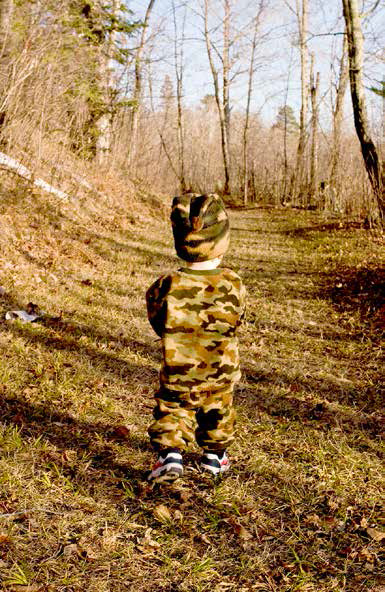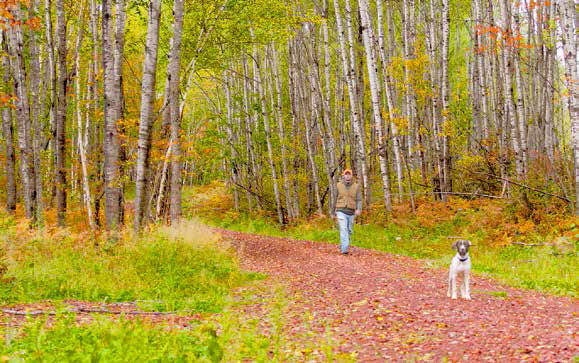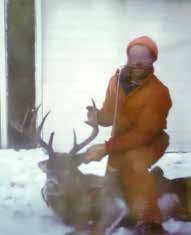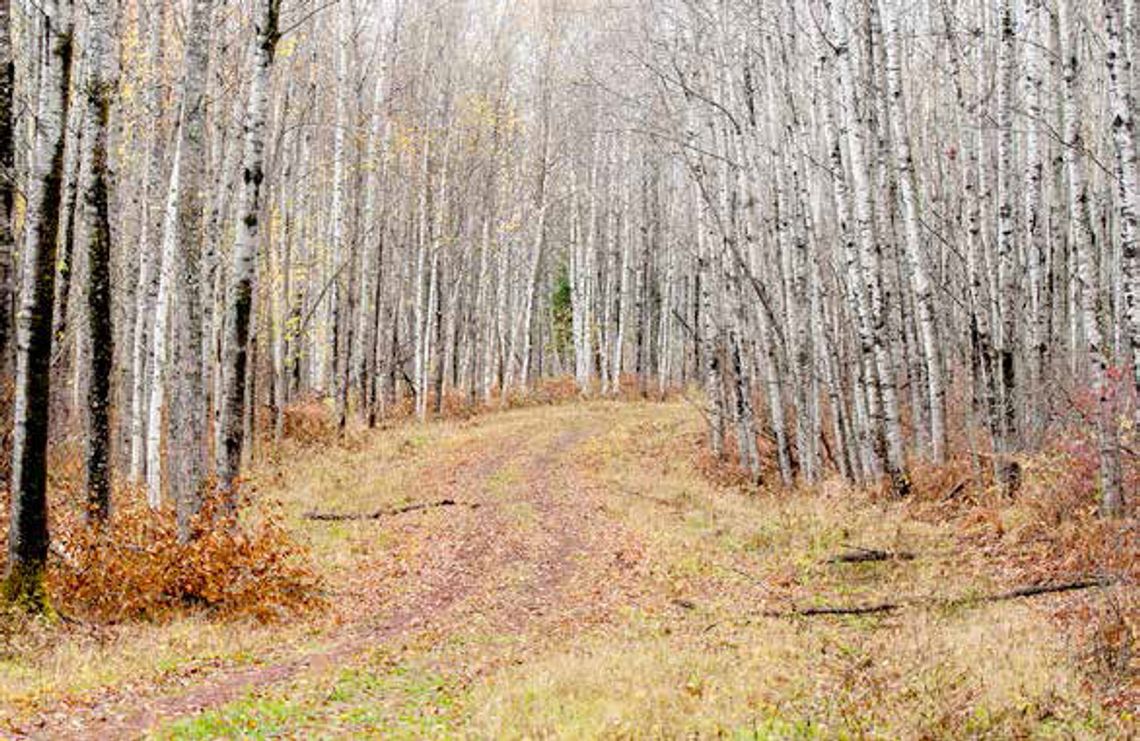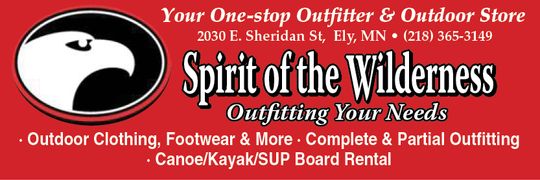CHAPTER 4 NEWTON’S ROAD
I grew up along CSAH 7 – the Scenic Highway – in Itasca County. As it ran along our yard, it traveled north and south.
Exactly one mile to the west County Road 343 paralleled it.
We owned 80 acres and Itasca County owned three forties to the west and north of us. The south boundary of this tract was Snaptail Lake. The north, a small creek that started from an unnamed lake to the northwest and flowed gently easterly to the Prairie River. It was an unchecked forest of overmature poplar, some maple and birch, giant patches of balsam fir, lots of underbrush and an occasional large white spruce or red pine.
From birth until I left home for college, this half section of land was my playground.
Originally it had been bought and the large white pine harvested by a lumber company in the 1890s. Once logged, it was sold and resold numerous times to smaller companies until my grandfather bought a portion of it around 1920. My dad bought another parcel in 1950. Itasca County inherited the rest as tax forfeit. It grew into a mature stand of popple and was unspoiled save for the game trails made by deer and some small tractor trails made by my father to harvest firewood. By the time I started deer hunting in 1964 I knew this part of Balsam Township better than the back of my hand. Every deer trail, hay swamp, erratic boulder, mature pine and other anomaly was firmly implanted in my brain. I could find my way in the dark without a flashlight and often did to our furthest deer stand three quarters of a mile away, next to what once were some gravel pits used by the county to build roads nearby. My dad had hunted this acreage for 30 years before I started and every deer trail and bedding area remained exactly where they had been since the 1930s. To a kid in the early 1960s, it seemed as if this would stay like this forever.
The change came in 1968 when Blandin Paper Company purchased the three county 40s.
They bought thousands of acres of tax forfeit lands to assure themselves access to timber they could use in their mill. At $800 per 40 acres – the going rate at the time – it was a smart business decision.
Being overmature, they knew this property had to be logged soon to salvage the trees to make paper. They contracted with Harry Newton to do the work. Harry was a logical choice. He lived at the other end of Snaptail Lake and was a logger by profession.
Starting in 1970 and finishing in 1971, Harry did the work. As was the case with logging at this time, the acreage was clear cut.
Being relatively flat, you could stand in the middle of the cutting and see the tree line far in the distance in every direction.
Most of the old landmarks were now gone. Limbs and treetops were pushed into lines of debitage and created blocks to easy travel between points I had effortlessly traversed before.
Indeed, the only recognizable aspect throughout the entire area was a single road that Harry built that could accommodate his haul trucks to points where he could skid the trees full length to be cut into 100 inch “sticks” and picked up with his crane. This lone feature quickly was named “Newton’s Road.”
The next few years made it difficult to hunt. Deer could easily make out the movement of hunters in the clearings, and it seemed as if a deer was spotted, it was hundreds of yards away.
Venison was in short supply for a few seasons. Then, a wonderful thing happened.
The regrowth came back with a vengeance. Popple brush and balsam thickets grew thick and fast. It made great cover for deer and as the screening became more to their liking, they spent most of their time feeding, sleeping and moving through the once barren area. To our surprise, the deer used the SAME trails and bedding areas they had before the cut. Hunting tactics made sense again – and everything revolved around Newton’s Road.
Along its length, there were four major deer trails that had to pass across it. They became “First Crossing, Second Crossing, Third Crossing and Fourth Crossing. All our hunting choices – stands, drives and directions started with Newton’s Road.
“Go down Newton’s Road to the Second Crossing, turn towards the lake to the first hay swamp and I’ll meet you there.”
“I’m going to sit to the south of the First Crossing on Newton’s Road next to the balsam thicket until dark.”
“I jumped a big buck walking down Newton’s Road between the Second and Third Crossings.”
Newton’s Road became our “Fernberg Road,” our “I-35”, our “494” south of the Cities. All activity started there and trickled into the ever-growing forest on either side of it.
After about 10 years, another interesting thing happened.
Between the popple growth being prime and the clover and other grasses that sprung up on Newton’s Road itself, the grouse hunting became fantastic! For a few years we had this paradise to ourselves. That is until the Ruffed Grouse Society named this specific trail as one of the Top 10 grouse destinations in the United States. For several years after there was a constant lineup of orange clad hunters at all times of the season marching up and down Newton’s Road. Eventually, the forest matured, the grouse population ebbed, and it became almost unknown again.
So many memories over the years. I shot my biggest buck – a 12-pointer – at Fourth Crossing.
My dad shot his last deer in a stand just off Third Crossing.
My last deer in Balsam was on opening morning of 2016. An eight-pointer walked out just after daybreak. Dozens of grouse.
Time spent with my wife, kids and grandkids. Days with my sisters and precious hours with dad and mom all come back as warm remembrances. We sold our property in 2017, and I haven’t been back since.
When I lay awake at night and think of deer hunting, grouse hunting and family time, my thoughts always go first to Newton’s Road. Though the family has new hunting property and new traditions are being established, my heart will always belong to our homestead and Newton’s Road.
Some day – out of curiosity – I’ll venture back. I have cousins that own and have hunting land at “The Farm” adjoining Blandin’s acreage and our old homestead. I’m told that our hunting area was recently clear cut again. Maybe in five or 10 years, if I’m able, I’ll again saunter down Newton’s Road with my single shot 20-gauge and see if the grouse population explodes as it once did. If not, I’ll dream of what it must look like, sure that it’s the same as it was decades ago.
